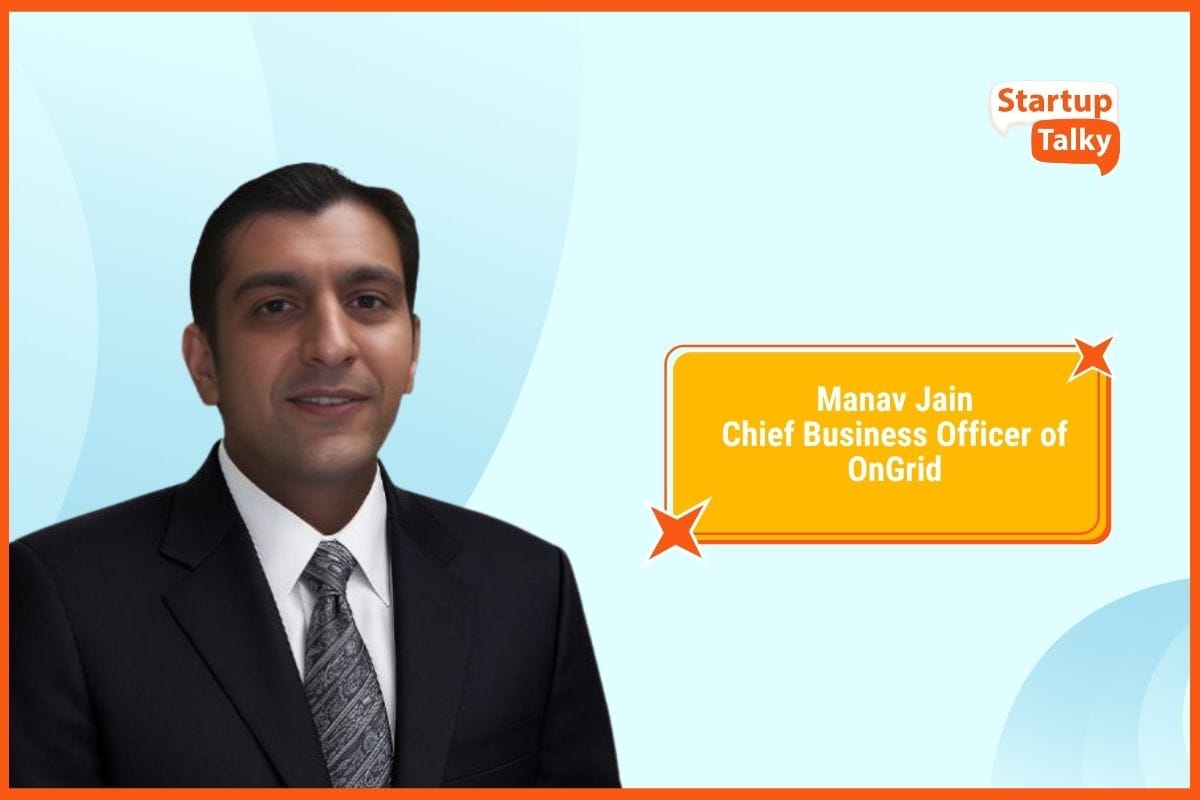AI Provides a Smart Link to the Agricultural Sector
🔍Insights
Agricultural exports account for 10% of India's overall exports and rank as the country's fourth-largest exported major commodity category. India's poor output-to-input ratio highlights major structural weaknesses that are making life tough for people who make their living in the agricultural sector despite the importance of agriculture. Some examples of these challenges are higher input prices, lower output, climate variability, declining resources, limited access to markets, a lack of innovation, and so on. The agriculture sector is aggressively exploring ways to employ technology to boost crop yields to stimulate innovation and entrepreneurship. Artificial intelligence and other forms of disruptive technology are having a major impact on India's agricultural economy.
The three most prominent uses of AI in agriculture are robotics, crop and soil management, and livestock farming. The goal is to improve farmers' productivity, income, and harvests while decreasing their workload. In 2017, analysts predicted a $240 million global market for agricultural AI. More than doubling to $1.1 billion by 2025 is projected. Problems like rising population, shifting climate, and inadequate food supplies call for innovative approaches to increasing agricultural output. Therefore, it is essential to learn about AI's potential applications in agriculture. The global food supply must be increased by half by the year 2050.
Shedding more light on this new tech-driven agriculture, Praveen Pankajakshan, Vice President and Head - Cropin AI Labs stated, “The applications of AI in Agriculture can be profoundly transformative, and we have just begun to scratch the surface in exploring the potential of it. Based on some indicators, at Cropin, we started investing resources early on and developed over 50 different models for different customers, which are at different Technology Readiness Levels (TRL). Crop health and phenological stage monitoring, generating cloud-free data, risk mapping for biotic and abiotic stresses, sowing progression and harvest prediction, and irrigation management models that farmers and organizations across the globe are already using. Although we had been working in this space for long, last year, we felt the need to formally launch the Cropin AI Lab in anticipation of its potential for Agriculture.”
The AI landscape is shifting rapidly, which has far-reaching consequences for agriculture at every stage, from the initial stages of land preparation and cultivation to final consumption. The widespread dissemination of scientifically peer-reviewed AI approaches into the public domain, including for commercial applications, is a rising trend around the world. Generic models that can access multiple types of data are quickly replacing task-specific ones. Even if this develops further, many are worried about making appropriate use of the data and models. Companies are responding to legitimate concerns and trending trends in the market by developing industry- and domain-specific strategies and solutions to problems including data privacy, trust and explainability in AI, ethical usage of AI, and a lack of data diversity that leads to prejudice.
Pravin Shinde, Founder, KhetiGaadi.com commented, “Although many people are working on AI for Agriculture, its usefulness to different sorts of farmers, such as those who own less than 2 ha of land in the Global South, remains restricted. Large-scale farmers growing a single crop would benefit most from these options. We must not forget the 600 million small-landholding farmers (according to FAO data) who require our help to raise food in a sustainable and climate-smart way, even as we attend to the demands of larger farms. There is no dearth of data at the moment, but most of it is noisy or biassed, so models trained with it reflect those characteristics.”

Capturing the Precise Data Is the Key
Are Indian Farmers Ready for Digitization?
AI for All by Niti Aayog
Capturing the Precise Data Is the Key
The problem is not with accuracy but with access to information. According to recent findings, the gridded weather data is a good approximation of weather station data, particularly for estimating temperature and relative humidity. These methods combine statistical, AI, and numerical algorithms with data from ground stations, satellites, and radar to make predictions. However, due to the limited amount of data available for training these models from meteorological stations, accurate short-term rainfall forecasting remains a formidable obstacle. More automatic weather stations or rain gauge stations (ARG) will be necessary as the environment continues to change. The government of India has taken several steps recently to deal with this problem. To improve the accuracy of the models, numerous new stations will soon be built in many different locations across the country.
Stretching further on that note, Nikita Tiwari, Co-Founder, of NEERX, stated, “From a farmer's perspective, the available meteorological data is invaluable for predicting the beginning of disease or stress. Much more important is the timely dissemination of this trustworthy secondary data to the farmers. Farmers determine when to start sowing and what kind of management techniques will be effective based on when the monsoons will arrive. Recent years have seen delayed or early monsoon onsets, as well as false onsets, as a result of climate change. The vast majority of people in smallholder markets, such as India's, do not have access to this information.”
Farmers typically base their cultivation processes on traditional wisdom, historical data, and years or decades of experience in the field. In the face of evolving agricultural market dynamics, increasing weather threats, and concerns about pests and diseases, there is also a need to share the data to update their knowledge. However, one must be careful not to overload them with too much information that freezes their decision-making capacity.
“Through some of our ground-level surveys, we have found that many farmers have increased yield quantity and quality by a minimum of 25% by adopting some of our solutions. So, the potential and aspiration is to extend this to all the farmers to benefit. The data must be homogenized and brought down to a scale where it is easily ingestable and trustworthy. One key element is to increase the trust of the farmers with whom we work,” stated Pankajakshan.

Are Indian Farmers Ready for Digitization?
While widespread digital adoption remains elusive, the stars are aligning for a dramatic shift in the agricultural industry. Now more than ever, farmers must contend with a changing climate, pests and diseases, crop failures, and other difficulties. It's the next logical step in the evolution of their farming methods, therefore they're on the lookout for novel approaches.
For instance, today's technology allows for the early detection of pests and diseases both on individual plots and in larger regions, often weeks in advance. By addressing problems before they cause significant crop loss, it helps farmers save money. From planting to harvesting, geo-location-based crop and environmental compatibility recommendations to farmers are being offered. Governments and agricultural organizations benefit from our knowledge of sowing patterns, harvest timing, and the impact of extreme weather on crop productivity.
Speaking about farmers getting their hands on tech, Pankajakshan opined, “In my interactions with farmers across the globe, they are very curious and ready to learn and implement ideas. The adoption has been limited because there are too many tools, and not all address their essential needs. If trust is established, farmers are keen to adopt some of these technological advancements, not only in India but across smallholder farmer markets worldwide. Tech adoption is actively changing and we are seeing an increase in momentum. To date, we have digitized about 30 million acres of farmland and impacted the lives of about 7 million farmers globally through some of our solutions. We acknowledge that it is an upward journey to reach out to many more and earn their trust.”
The most important thing is to make these remedies more easily accessible and used by farmers. They need to be reasonably priced, helpful in solving the problems they face every day, and informative about how technology may improve efficiency, earnings, and quality of life. There is a compelling need to address financial inclusion in rural areas and the digital gap in agriculture. The scale of the problems facing the industry and farmers is too great for any single player to solve.
“At Cropin, we understand that it requires the collaboration of all stakeholders, including governments, agribusinesses, NGOs, development agencies, international organizations, financial service providers, and more. In the process, we make our solutions accessible and affordable. They also get the full backing of the entire ecosystem to support them so that farmers feel empowered and, most importantly, supported. We firmly believe we're on the right path, and you can expect transformations very soon,” said Pankajakshan.
Pointing towards the government’s support, Praveen Shinde stated, “It's important to recognize that the government is, without a doubt, making progress. Our agricultural sector might benefit greatly from these forward-thinking policies and plans, and they could serve as a model for other countries. What matters now is figuring out how to put these forward-thinking policies into operation as efficiently as possible.”
AI for All by Niti Aayog
India, being the fastest-growing economy has a significant stake in the AI revolution. Recognizing AI’s potential to transform economies and the need for India to strategize its approach, the Hon’ble Finance Minister, in his budget speech for 2018 – 2019, mandated NITI Aayog to establish the National Programme on AI, to guide the research and development of new and emerging technologies. In pursuance of the above, NITI Aayog has adopted a three-pronged approach – undertaking exploratory proof-of-concept AI projects in various areas, crafting a national strategy for building a vibrant AI ecosystem in India, and collaborating with various experts and stakeholders. NITI Aayog has partnered with several leading AI technology players to implement AI projects in critical areas such as agriculture and health.
Way Forward
There will soon be a dramatic change in agriculture, driven by AI, which will promote innovation and long-term growth. By 2025, the agricultural industry is projected to become the economy's second-largest sector. Niti Aayog has selected a theme of 'AI for all' and is working to foster India's AI ecosystem.
Precision farming, better use of resources, improved supply chains, and increased agency for small farmers are just a few ways that AI is tackling problems that have persisted for decades or centuries. With an ever-increasing global population, smarter use of AI in farming is more important than ever. Food security, resource conservation, and thriving rural economies are all possible outcomes if the agriculture industry adopts AI-driven solutions.

Must have tools for startups - Recommended by StartupTalky
- Convert Visitors into Leads- SeizeLead
- Website Builder SquareSpace
- Manage your business Smoothly Google Business Suite







